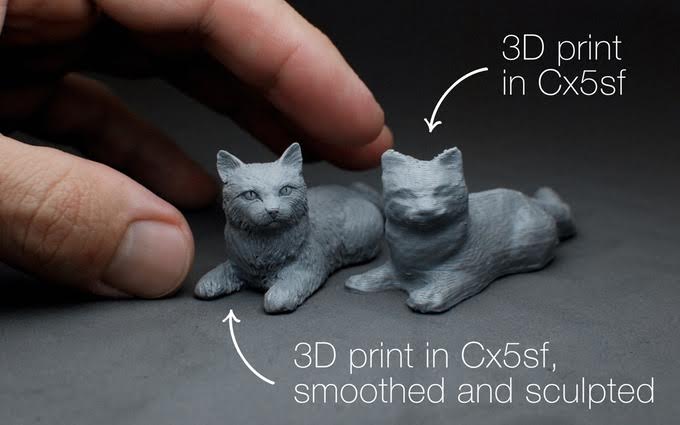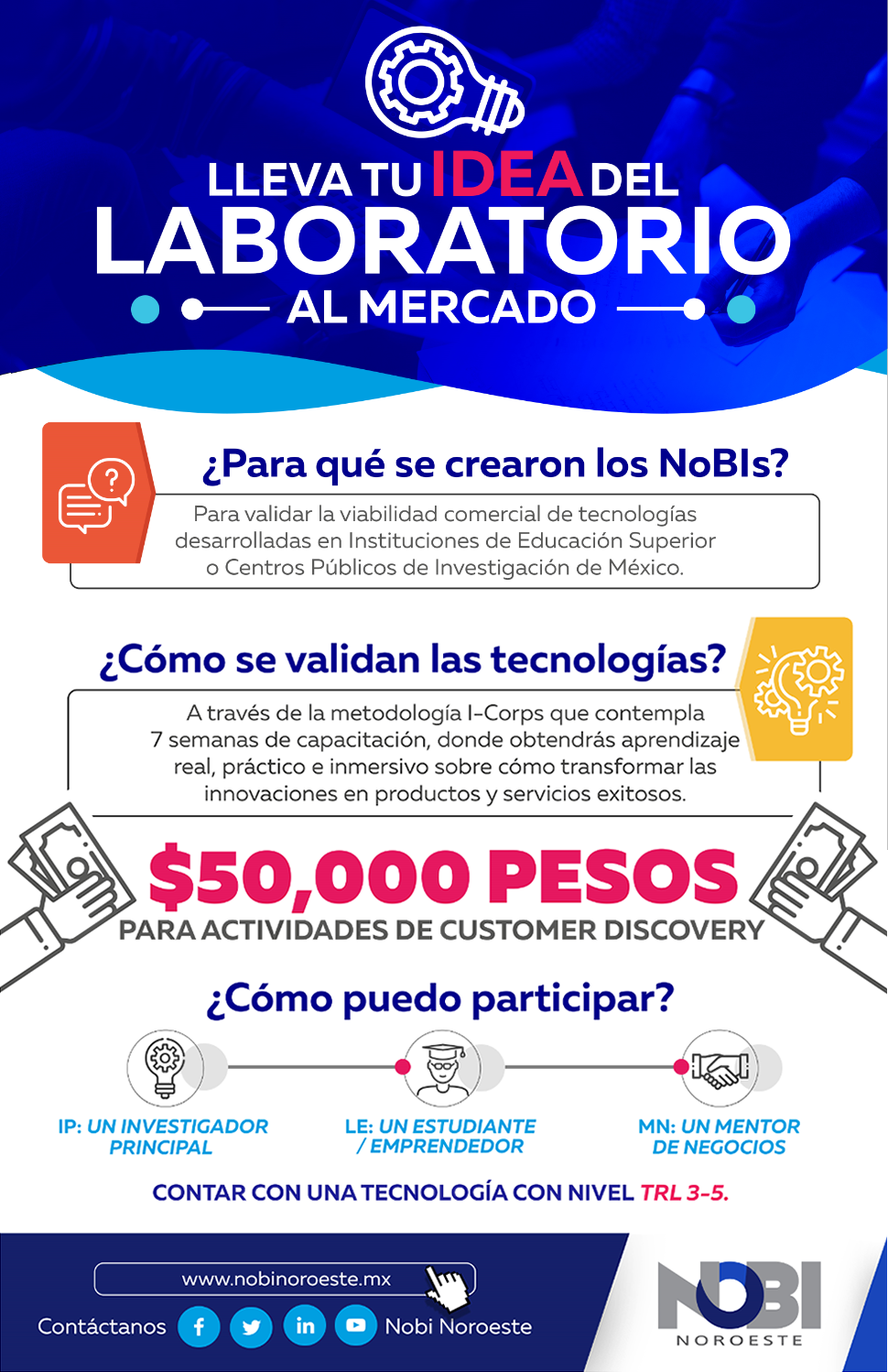What does a technology needs to evolve? The answer is simple: innovating. In the particular case of 3D printing, one of the industries of the future, despite it was invented in the eighties, day in day out there is work being done to improve it, the perfection of this technique is sought trough new materials. The first raw material in three-dimensional printing was resin, fused deposition modelling (FDM) was tried afterwards using acrylonitrile butadiene styrene (ABS) and polylactic acid (PLA), which have been perfected in order to achieve a better final product. But it does not end there, also different materials have been used, from nylon, flexible, wood… until arriving the most innovative.
Three-dimensional print had a slow beginning, with no hurry, but in the last years it has experienced a tremendous growth. This technology with over thirty years in the market has had a terrific evolution, what began with curiosity about a less tedious prototypes creation, has come to facilitate processes and now it is aimed to reduce the price of the products, which is why new materials are constantly being created, some of which we present you this STI Wednesday.
The «obsolete» materials
As we have already told you in one of our previous STI Wednesdays, 3D printing began in 1984, bu Charles Hull initiative, who created stereolithography, first technique used to build a design, which functions by means of the first material used in this technology: photopolymer resin. In resin printers, each label makes its own consumables, that is used for the object printing; nevertheless, there are generic resins with which some printers can work. Resin printing has advantages, like: quick prototyping, high precision and resolution, besides it allows to print pieces of geometric complexity. Each one of the enterprises has different types of resins and they launch more and more to the market, according to the characteristics they want to cover. Nevertheless, not everything is honky-dory: resins have issues like the final product’s fragility and, unlike other materials, these require a hardening post-processing. After stereolithography, in the late eighties and the beginnings of the nineties, emerged a new method, FDM, which had as its first materials ABD and PLA, the way to print would be the same, but these consumables count on different characteristics.
ABS is a resistant and hard plastic that, once printed, allows a technique of post-processing to soften the piece through acetone vapour, ideal for mechanical pieces (the problem is that acetone vapour is harmful to health, it has to be used with the opportune security measures); this filament is ideal for creating small pieces and can bear relatively high temperatures. When it comes to PLA, it is a more fragile material that, unlike ABS, can be printed in cold temperatures, which helps the printing to be quicker; this consumable is biodegradable, so it does not considerably affect the environment and neither produces harmful vapours; nevertheless, not everything is as sweet as honey: this material recycling is complicated, also offers a limited handing after the printing. In short, ABS is more functional for industrial uses, while PLA is better for domestic usage. A reason why these are the most used is the accessible cost of such filaments, which can be used to realise prototyping pieces that later can be manufactured with higher quality materials.
PET, the most sustainable combination
Polyethylene terephthalate (PET) is one of the 3D printing new materials of co-polyester. One of the methods to obtain it consists of recycling PET plastic bottles, aiming to help the environment and the user’s economy, since its acquisition turns out to be economic. This product has characteristics of two of the most used materials in this technology (PLA and ABS), PET is very resistant and it can be easily handled. Besides, according to the Food and Drug Administration (United States), despite being a recycled material, has the approbation to be in direct contact with food. One of its disadvantages is that, when it surpasses 70 Celsius degrees, polyesters do not keep good properties.
Bioprinting, the future of medicine?
Traditional 3D printers normally use materials such as plastics, resins, metals… but now has arrived the bioprinting era, that seeks to benefit people’s health by using materials with human tissue base. Living tissues and cells can be obtained from the patient himself, to create cartilages and bones that can be replaced. It is worth mentioning that such contribution to science remains in its period of experimentation and tests on animals. The benefits this material would bring is facing the lack of transplant organs and the excessive amount of required donors, tissues reconstruction, as well as taking advantage of this technology for human life extension. The existing obstacles for three-dimensional printing are the lack of control in cellular penetration and seeding of tissues, which gives as result a tissue with no uniform maturation, limited oxygen diffusion through great constructions and there are no capillaries or vascular tubes. Certainly, it would be truly beneficial for the world, but is still a challenge for science.
Cx5, in search of perfection
This material seeks to solve the flaws that make impossible perfect prints. Adam Bean, a recognised sculptor, created the new filament Cx5, a material that is a mystery due to the fact that the creator has not unveiled its secret, although he assures it is a natural material, non-toxic and of sustainable origin. This innovative product is handled as hot clay, allows finishing touches like wax and can be as hard as a plastic. The main characteristic of this consumable is that, once the figure is printed, this can be modelled and detailed to avoid the printing layers and imperfect finishes from being discerned. In addition to these characteristics that differentiate Cx5 from other products, the printings with this material can easily stick on acrylic (crystal or metal), an enormous advantage so the sculptors can work their creation with finer details. This is a tremendous technological advance, but is not easy to acquire, since its cost is elevated, besides specialised lighter, solvent and tools are required to sculpt in search of the piece’s perfection.
These are some of the innovative materials for 3D printing, in addition to others that are also of great usefulness, like: high impact polystyrene (HIPS), that is commonly used in the food industry; carbon fibre, ideal for mechanical pieces and objects subject to continuous use and must have huge durability; acrylonitrile styrene acrylate (ASA), special for out of doors use and severe conditions; among many other consumables that can be used to print in three-dimension.
In conclusion, the new materials for 3D printing have come to revolutionize this technology, each day enterprises make greater efforts to improve their consumables, thus tackling multiple needs faced in some areas. There is no doubt that, thanks to this innovation, 3D printing will be able to create a myriad of objects, even in sectors you cannot imagine and that will be of great benefit for society. Maybe the true question is: will it be some day possible to print a human being?, will our lives be long enough to see it happening?
Written by Alfredo Careaga (Communication and Diffusion, PIT-UAS), translated by Belem Ruiz (Edition and Communication).



 Parque Científico Tecnológico, Universidad Autónoma de Sinaloa © 2015
Parque Científico Tecnológico, Universidad Autónoma de Sinaloa © 2015